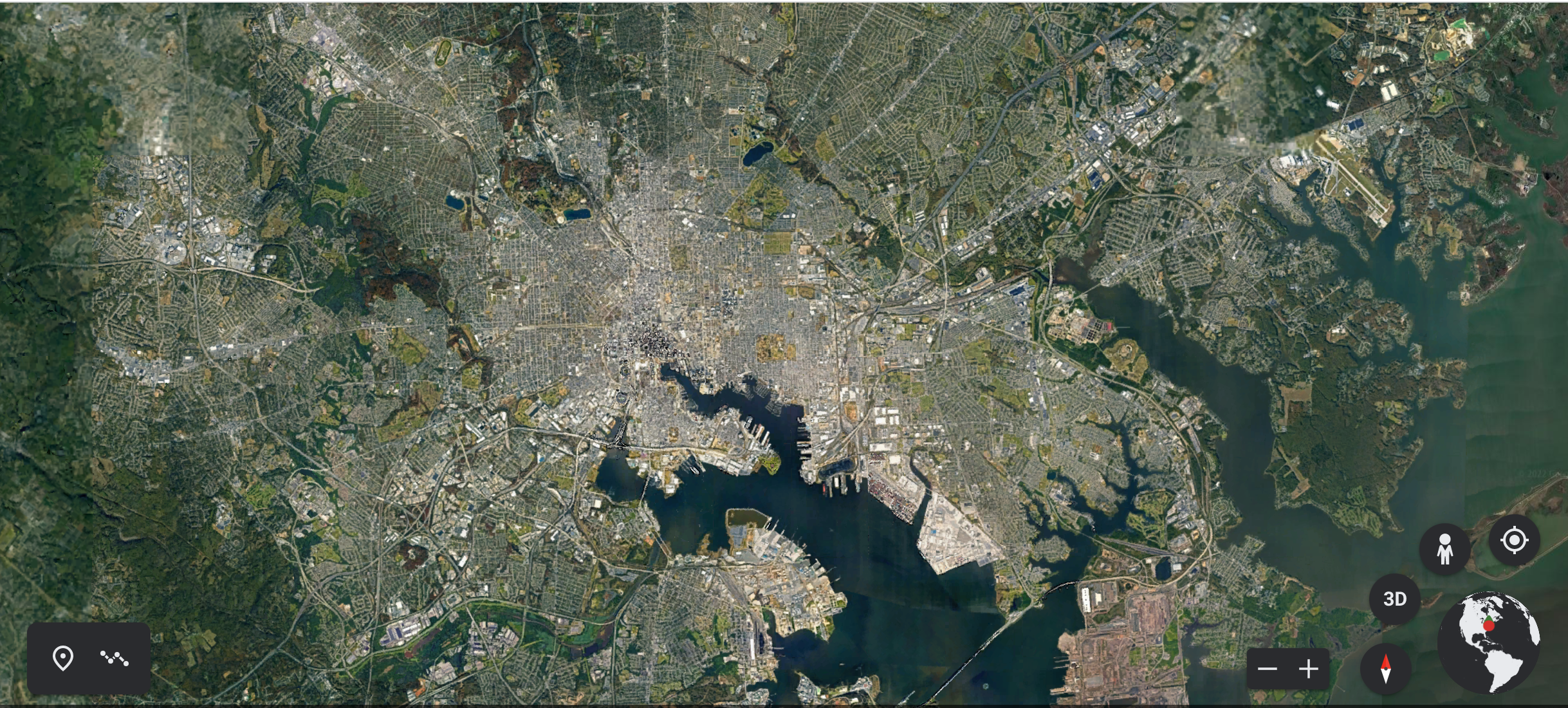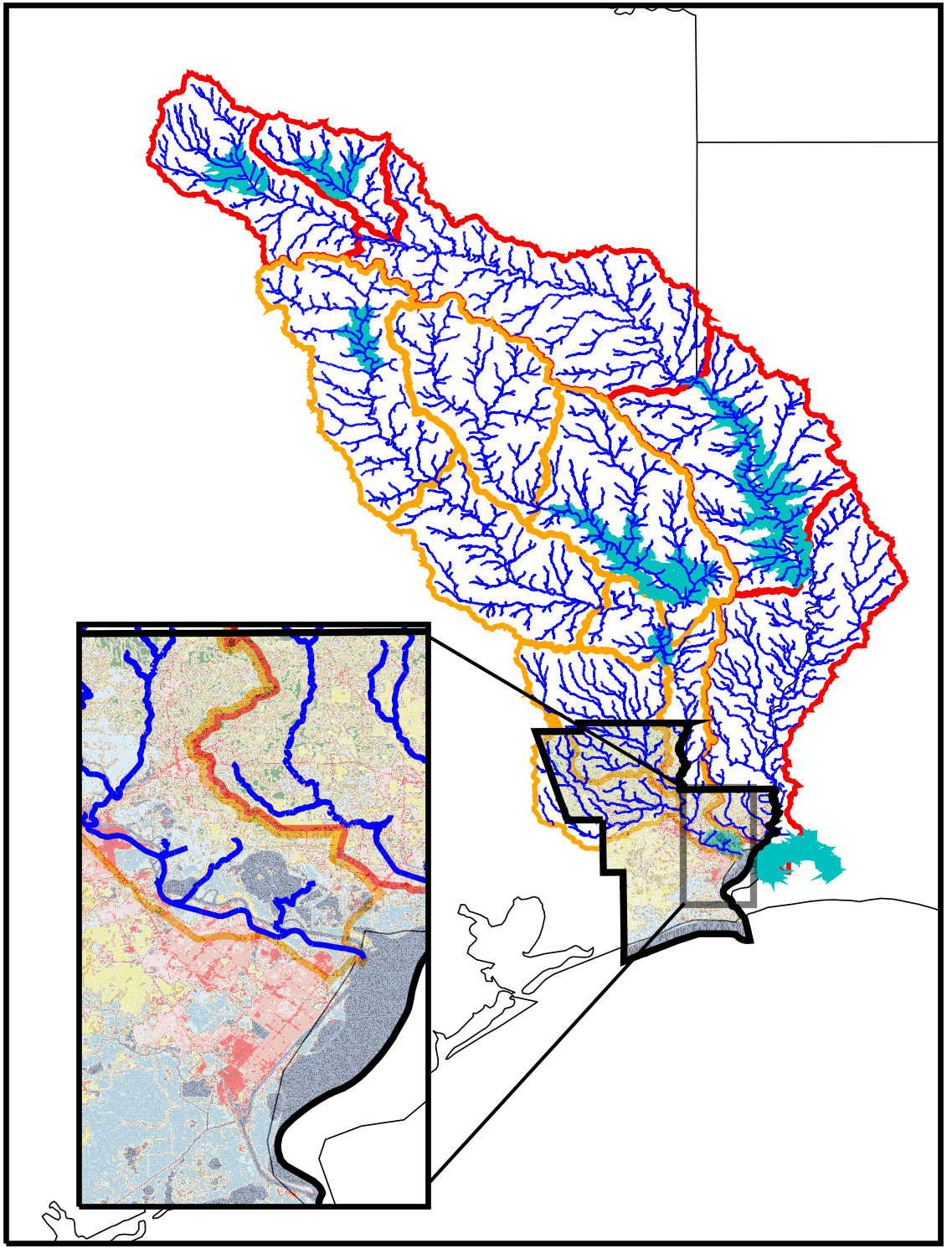Oak Ridge National Laboratory researchers are deploying their broad expertise in climate data and modeling to create science-based mitigation strategies for cities stressed by climate change as part of two U.S. Department of Energy Urban Integrated Field Laboratory projects.
The Urban IFLs are designed to bring together scientists from multiple research institutions to collect environmental and atmospheric data and incorporate it into models to predict localized climate change impacts. Those models are then used to explore different climate resilience technologies and solutions that could enhance community-level resilience, with a focus on underrepresented and disadvantaged neighborhoods.
"ORNL has a deep history of large-scale experimental and modeling science in vulnerable ecosystems to help us better understand complex climate processes," said Eric Pierce, director of ORNL's Environmental Sciences Division. "Applying that expertise and ORNL's big science tools like Frontier, the world's fastest supercomputer, to help provide real-world solutions for heavily populated urban areas is a natural fit."
Unearthing green solutions for Baltimore
In Baltimore, ORNL is partnered on a project led by Johns Hopkins University to better understand and address challenges posed by aging infrastructure, increased heat and flood risk, and air and water pollution typical of mid-sized industrial cities.
ORNL will use its extensive Earth system modeling experience and capabilities, including the land surface model developed and maintained by ORNL for the DOE Energy Exascale Earth System Model, or E3SM, as well as its expertise in plant life cycles to create and refine simulations of Baltimore's urban environment with an emphasis on modeling vegetation patterns and impacts.
Climate scientists are interested in the cooling effect that trees and plants can have on heat-stressed urban environments.
"Trees and plants draw moisture out of the soil and convert it to water vapor that's released to the atmosphere, creating a cooling effect that can help offset the impact of urban heat islands on vulnerable populations," said Dan Ricciuto, leader of ORNL's Earth Systems Modeling group and of the lab's collaboration on the Baltimore project.
ORNL will also provide data storage and access services to the project, which is expected to result in huge datasets as scientists model all the parameters at play in the city's risk profile and resilience strategies.
Data storage and access are key capabilities at ORNL. The lab assembles and provides access to terrestrial observations and models supporting NASA's Earth science missions in the ORNL Distributed Active Archive Center for Biogeochemical Dynamics. ORNL also hosts and facilitates access to the massive datasets of the Atmospheric Radiation Measurement DOE Office of Science user facility that underpin the world's most influential climate models.
"We have a lot of experience with what's known as the ModEx approach - integrating environmental observations from widespread networks into large-scale models," Ricciuto said. "ORNL is continually refining and calibrating such models, and we look forward to incorporating new knowledge about urban ecosystems into E3SM through this project." By pinpointing climate impacts and mitigation for specific underserved neighborhoods, the Urban IFL brings a new granularity to ORNL's modeling, he added.
Coon said that climate scientists have historically focused on global models to predict the planet's future and are currently refining those predictions about Earth's processes. "There's still important work to do there," he said. "But just as important is research on what can be done now to adapt to the environmental change already happening."
The Urban IFLs are sponsored by the Biological and Environmental Research program in DOE's Office of Science.








